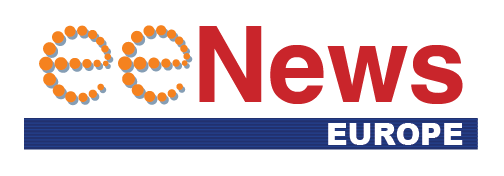
Siemens boosts automation workflow with new TIA Portal V21
Siemens has introduced TIA Portal V21, the latest version of its engineering framework aimed at improving flexibility, automation efficiency, and system uptime in modern industrial plants. Designed to help manufacturers manage shorter product cycles and larger product variants, the new release integrates enhanced development workflows alongside plant-wide data transparency features.
The update is notable because it further aligns industrial automation with software development best practices, particularly Git-based version control and digital twin workflows — key trends shaping next-generation factory automation.
Focus on engineering efficiency
TIA Portal V21 continues Siemens’ push toward what it calls software-defined automation, unifying automation engineering, simulation, visualization, and deployment models within the same framework. The platform now supports freely selectable deployment, whether on-premises, via subscription, or in the cloud, while maintaining a consistent user interface across tools.
A new export format in the V21 release makes it possible to integrate projects directly with standard version control systems like Git. This means that engineering teams can now apply continuous integration (CI) practices to PLC programming workflows. The feature covers STEP 7 languages including LAD, FBD, SCL, and data structures like data blocks and PLC data types.
According to Siemens, this approach reduces project development cycles, improves traceability, and supports collaborative engineering teams working across distributed locations. It also allows easier rollback and parallel development, reflecting a broader trend of merging operational technology (OT) and information technology (IT) development processes.
Horst Kayser, CEO, Factory Automation at Siemens Digital Industries, said: “With TIA Portal V21 we are accelerating the transition to software-defined automation. Git-based CI workflows shorten development cycles, while high-availability SCADA architectures ensure that our customers can keep their plants running more efficiently and adapt them flexibly to new market requirements.”
Higher availability with SCADA redundancy
Plant uptime is another key focus of V21. Siemens has added support for redundant server architectures in WinCC Unified-based SCADA systems, enabling continuous operation even in case of server failures. This is aimed at industries where downtime carries high production or safety risks.
The WinCC Unified Data Hub also acts as a central archive, collecting and storing production data, event messages, and audit trails from multiple WinCC Unified PC runtimes. Siemens says this creates plant-wide data transparency that extends over long periods, helping with traceability, diagnostic analysis, and compliance reporting.
With both OT/IT integration and digital twin support built into the environment, TIA Portal V21 points toward a more agile and software-centric direction for industrial automation — one expected to play an increasing role as factories seek to modernize and adapt to workforce and supply chain pressures.
 If you enjoyed this article, you will like the following ones: don't miss them by subscribing to :
eeNews on Google News
If you enjoyed this article, you will like the following ones: don't miss them by subscribing to :
eeNews on Google News






